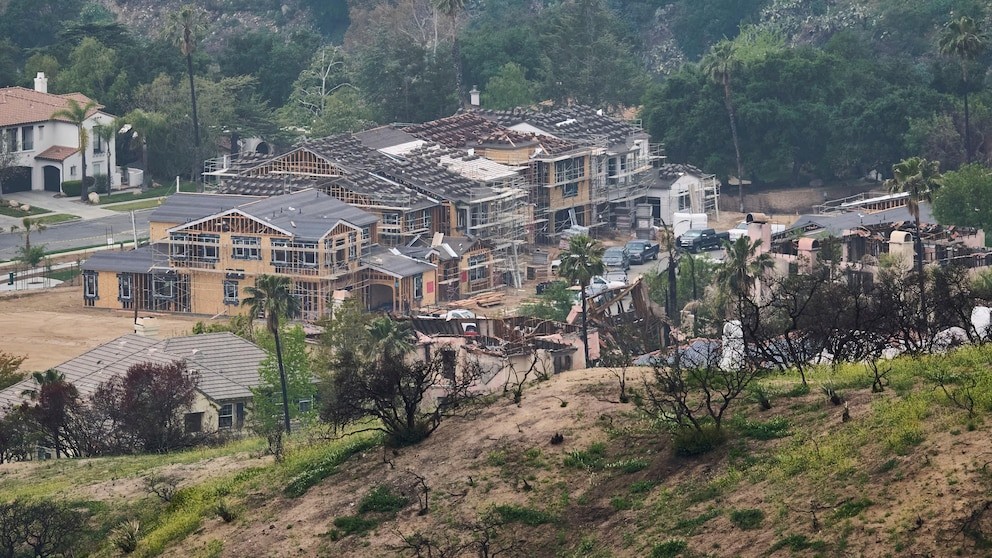
Four months after devastating wildfires swept through the Angeles National Forest near Los Angeles, wildlife is making a remarkable comeback to the charred landscape. Trail cameras recently captured the first mountain lion returning to the area on March 26, with additional sightings recorded in the past few days.
The wildlife monitoring effort is led by Dr. Kristen Ochoa of UCLA through the Chaney Trail Corridor Project. "It's a sign of hope that nature's returning, that nature's resilient," says Ochoa, offering encouragement to local Altadena residents who lost homes in the fires.
Despite the fires' intensity, the uneven burn pattern left patches of refuge, including a stream-side oasis where animals could shelter. While there were reports of an injured bear and deer, no animal casualties have been discovered in the burn zone.
Recent heavy rains have accelerated the area's recovery. San Gabriel oak trees, unique to Southern California, are showing signs of life with new growth sprouting from their bases - a survival mechanism enabled by their deep root systems. However, invasive yellow mustard flowers are also emerging, potentially threatening native plant species like California sage brush that local wildlife depends on.
Trail cameras continue documenting the area's revival, with fresh evidence of bobcat and deer activity on previously scorched ridges. The return of mating red-tailed hawks signals nature's resilience as spring approaches.
The project team, which includes local residents who lost homes in the fire, is now collaborating with UCLA scientists to study the fires' impact on bat and bird populations. For many community members, witnessing wildlife's return brings hope amid their own recovery process.
The monitored area, located just a mile from affected neighborhoods, was previously slated for development into a sports complex before the fires. Through continued observation, researchers aim to track and understand the natural regeneration of this vital wildlife corridor.